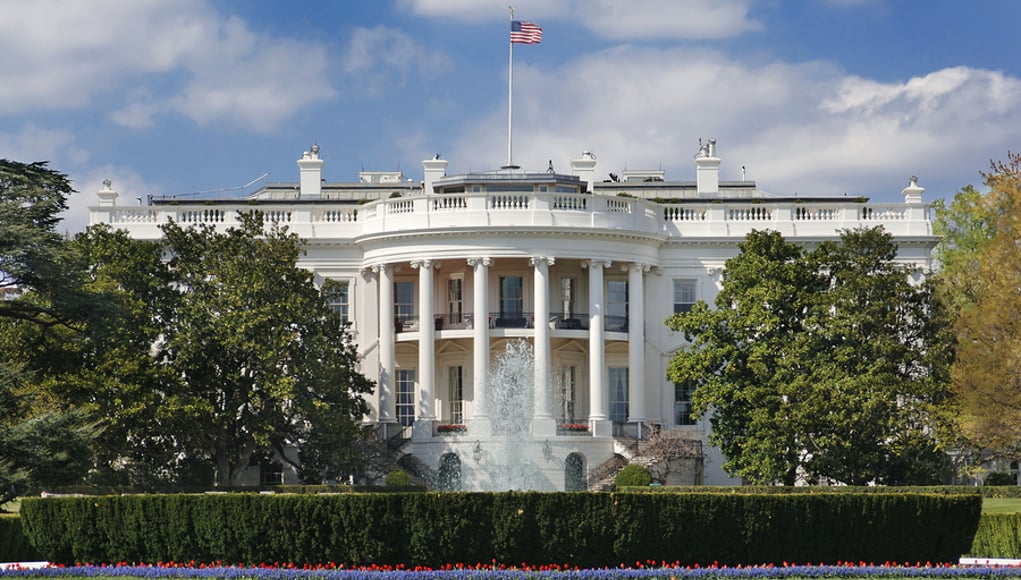The First 100 Days: An Education Blueprint for A Dynamic Economy

By Lillian Pace
The first 100 days of a presidency provide a powerful lens into the type of leader a new president will become. While there are many unknowns about the days ahead, one thing is certain. A successful economic agenda must include a deep commitment to expanding educational opportunity for all Americans.
Like many of the presidents that came before him, Donald Trump will assume the Presidency with a strong message from the electorate to create jobs and strengthen the economy. And like many of his predecessors, he will have to consider the role education plays in building a strong middle class. Our last two presidents understood this connection deeply, leading with strong education agendas in their first 100 days. President George W. Bush sent an education bill to Congress just six days after being sworn into office – a bill that would mature into the No Child Left Behind Act. President Obama championed $100 billion of education investments through the American Recovery and Reinvestment Act.
There is an incredible opportunity here to build a legacy of educational leadership. By linking education and economic opportunity, this legacy can leverage the vast amount of innovation across the country to build an education system where all learners have a personalized pathway to economic success.
So where should he begin? KnowledgeWorks released a transition memo with a set of recommendations for building a personalized education system. While some of these recommendations will take considerable time and effort to advance, others are prime for early success.
Here are our three top recommendations:
1. Launch a Postsecondary Transition Innovation Fund—This initiative would invest in partnerships of institutions of higher education (IHEs), employers, school districts and intermediaries to implement programs that will strengthen the transition between secondary and postsecondary education and the workforce. This means prioritizing strategies that disrupt traditional uses of time, such as those that enable students to advance through competency-based pathways while pursuing high school and college credit or industry certifications simultaneously.
2. Establish an Employment Pathway Program—Under this program, the federal government would support employers partnering with IHEs or alternative credentialing programs to provide no cost credentials that result in full-time employment. The federal government and the employer would equally share the cost of tuition; however, the federal government would reimburse the employer if it employs an individual for two years after obtaining a credential. This initiative would provide learners with a pathway to meaningful employment, employers with a pipeline of skilled workers, IHEs or alternative credentialing programs with the opportunity to attract more learners, and the federal government with a high-impact strategy for increasing college completion with little long-term financial risk.
3. Help States and Districts Build Innovative Assessment Systems – Partner with the increasing number of State and district leaders who have adopted a vision for personalized learning and have begun the hard work to build student-centered education systems. Specifically, establishing a pathway for interested states to participate in the Every Student Succeeds Act’s (ESSA) Innovative Assessment and Accountability Demonstration Authority by prioritizing technical assistance and planning grants for interested states.
These ideas will require a strong leader and deep bipartisan commitment to building a system that works for all learners. We hope these ideas will help the new Administration as it crafts a bold and unifying agenda for the nation. After all, educational success is the underpinning of a healthy economy and democracy.
For more, see:
- How the President-Elect can Scale Personalized Learning
- 6 Ways States can Redefine Student Success and Transform Education Under ESSA
- Fostering Academic success for All
Lillian Pace is the Senior Director of National Policy with KnowledgeWorks. Follow her on Twitter: @lillianpace.
Stay in-the-know with all things EdTech and innovations in learning by signing up to receive the weekly Smart Update.






0 Comments
Leave a Comment
Your email address will not be published. All fields are required.